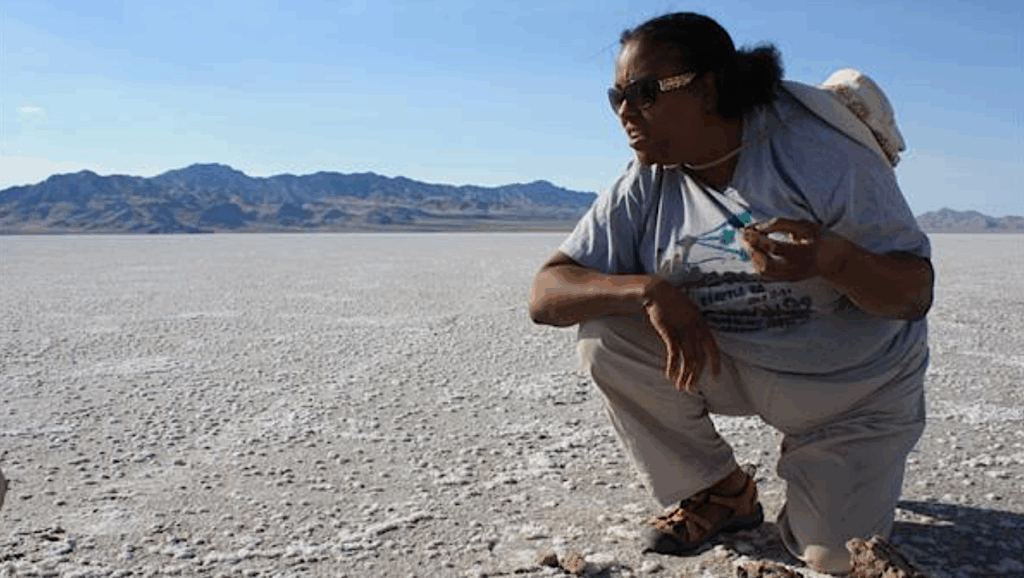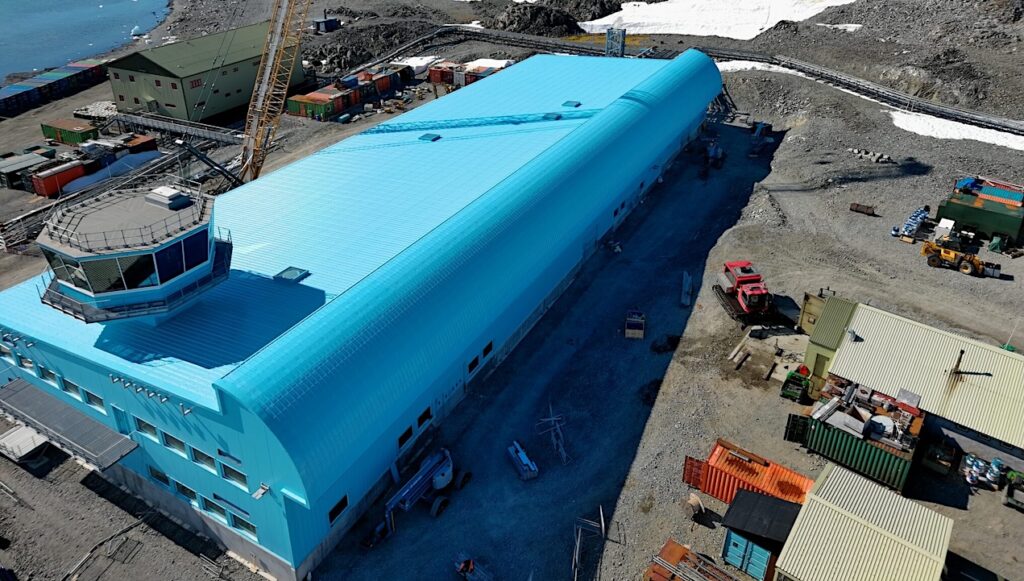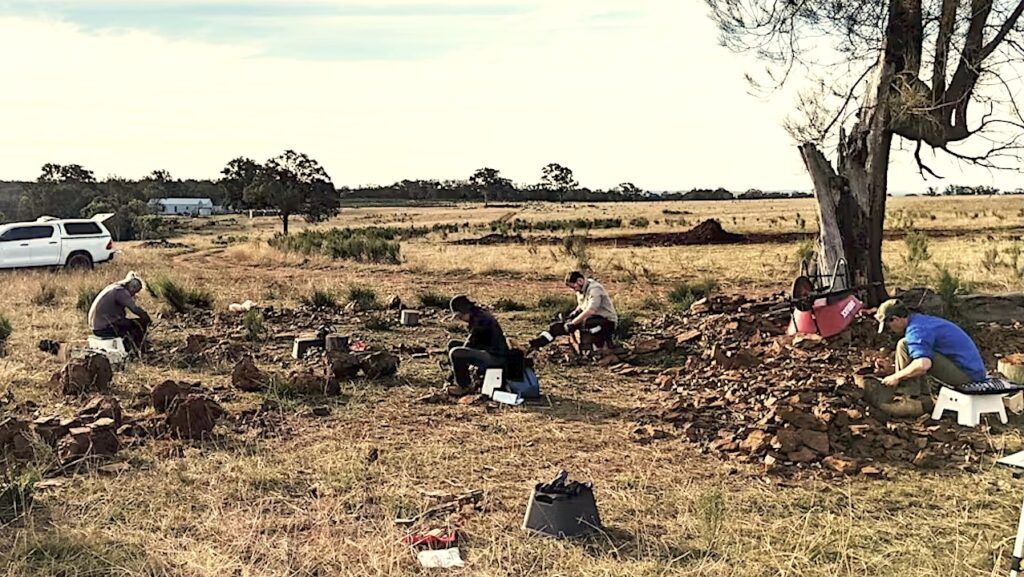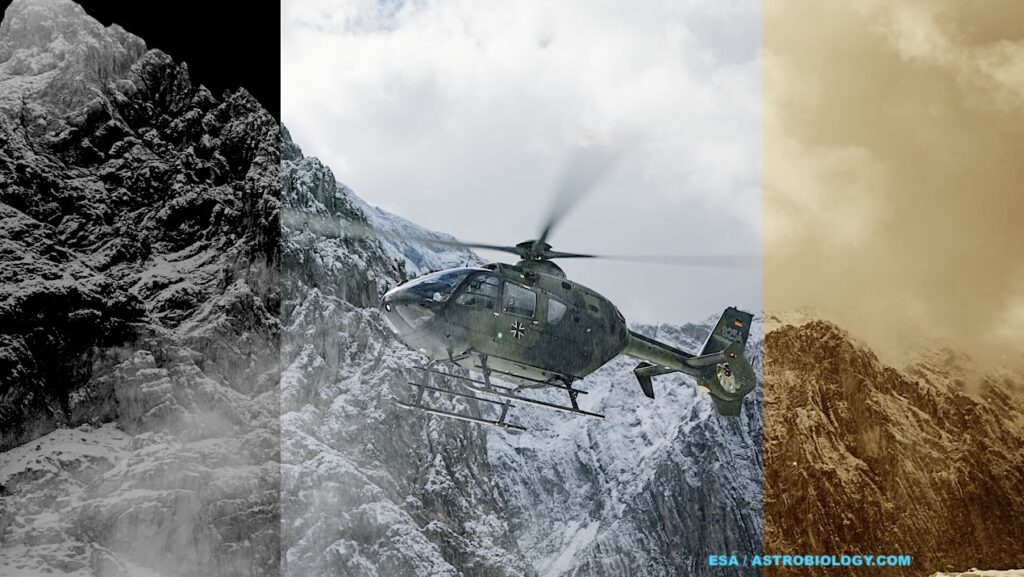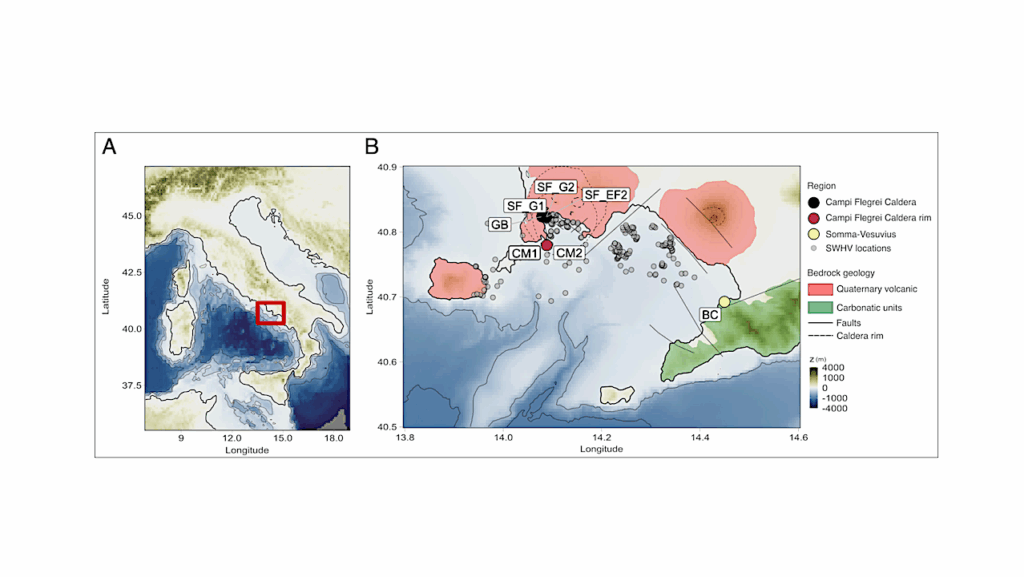The Guaymas Basin – A Hot Spot For Hydrothermal Generation And Anaerobic Microbial Degradation Of Hydrocarbons
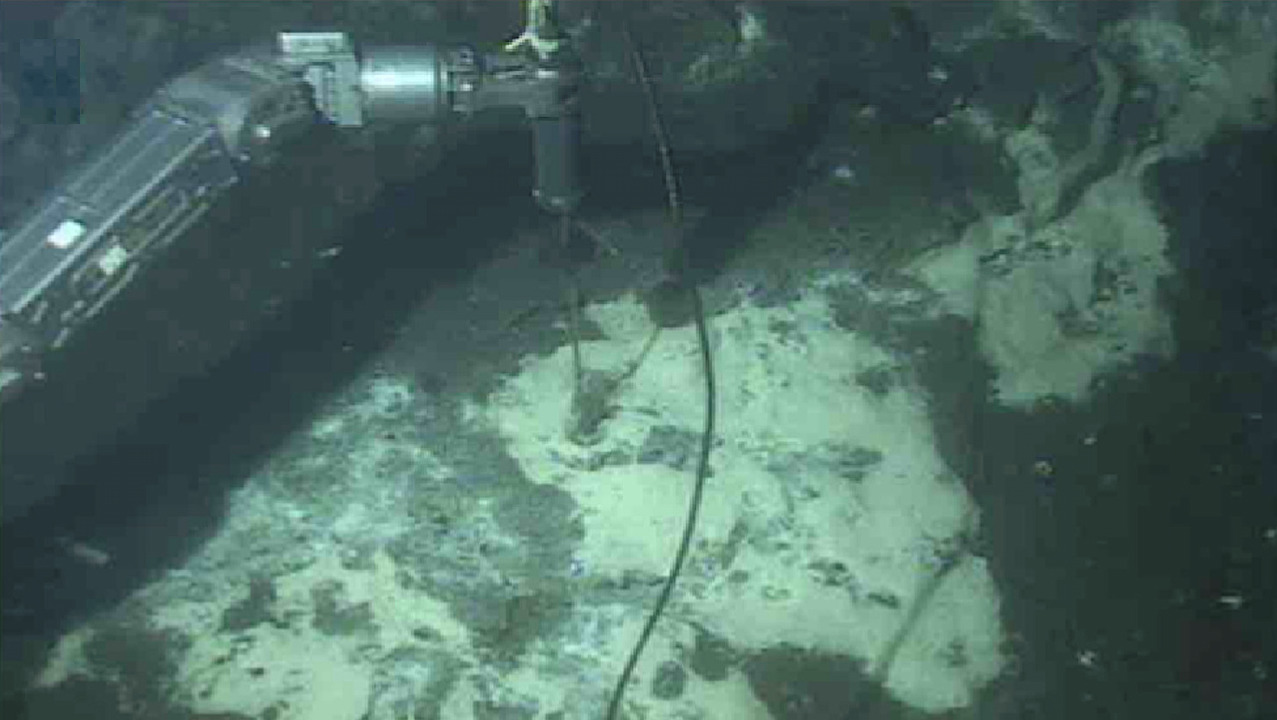
Guaymas Basin is a young marginal rift basin in the Gulf of California characterized by active seafloor spreading, rapid deposition of organic-rich sediments, and steep geothermal gradients where sedimentary organic material of photosynthetic origin turns into hydrocarbons – potential microbial substrates.
After introducing the sources of hydrocarbons in the subsurface, this short overview discusses the phylogenetic diversity, temperature range and occurrence patterns of novel alkane-oxidizing bacteria and archaea in the hydrothermal sediments of Guaymas Basin.
Many of these alkane-degrading specialists function as syntrophic consortia, where sulfate-reducing bacteria accept electron from methane- or alkane-oxidizing archaea. As a source of metagenomes, enrichments, and cultures of these methodologically and conceptually challenging microorganisms, Guaymas Basin stands out as an indispensable field site that has consistently catalyzed new insights into the microbiology of anaerobic hydrocarbon oxidation and assimilation.
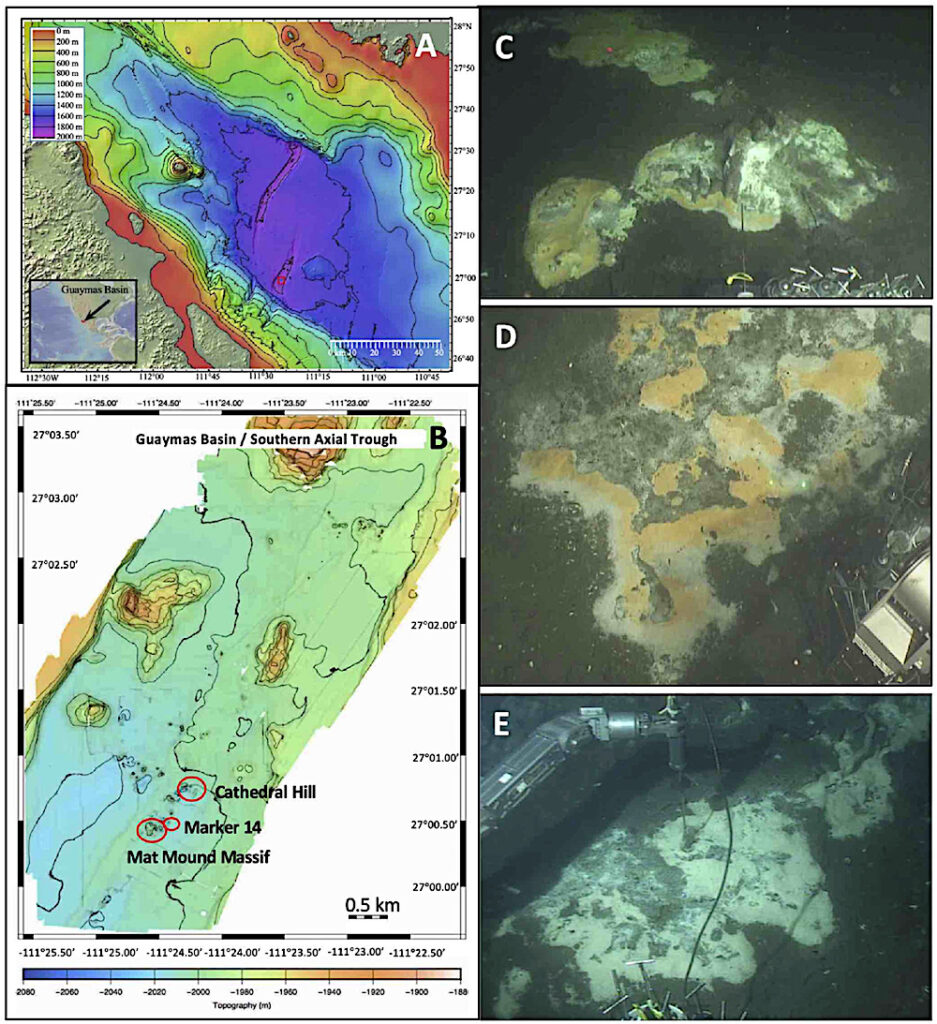
Guaymas Basin maps and sampling sites. A) Bathymetry of Guaymas Basin, with the northern and southern axial troughs reaching 2000 m depth. B) Bathymetry of the hydrothermal sampling area in the southern axial trough, with location of specific sampling sites. C) Hydrothermal hot spot at Cathedral Hill where cores 4991–14 and 15 were collected and thermophilic methane-oxidizing ANME-1c archaea (Benito Merino et al., 2022) and thermophilic alkane-degrading Alkanophagales archaea (Zehnle et al., 2022) were isolated. The small mound in the center is hydrocarbon-saturated “Ace Chimney”, a reliable source of alkane- and aromatics-degrading sulfate-reducing enrichments (Edgcomb et al., 2022). D) Hydrothermal hot spot with orange microbial mats at Mat Mound Massif; Candidatus Ethanivorans thermophilum was isolated from core 4869–26 collected at this location (Hahn et al., 2020). δ13C isotopic profiles for this site are shown in Fig. 2 (core 4869–3). E) Hydrothermal hot spot with white sulfur-oxidizing mats at Marker 14 where sediment cores 4570-LC1 and LC2 were collected, the sources for thermophilic ANME-1 enrichments (Holler et al., 2011) and for Ca. Syntrophoarchaeum (Laso-Pérez et al., 2016). — Science Direct
The Guaymas Basin – A hot spot for hydrothermal generation and anaerobic microbial degradation of hydrocarbons, Science Direct (open access)
Astrobiology


